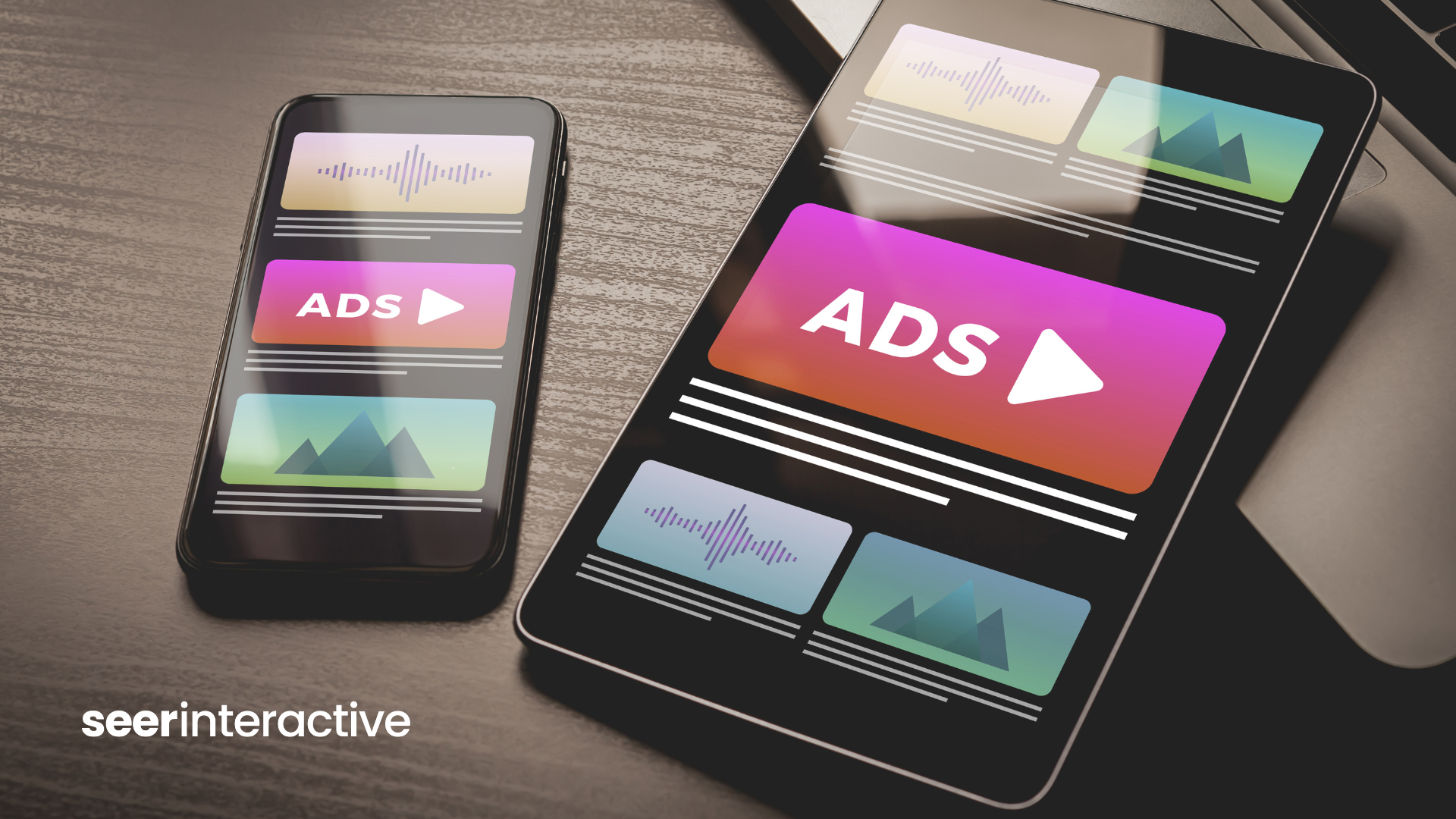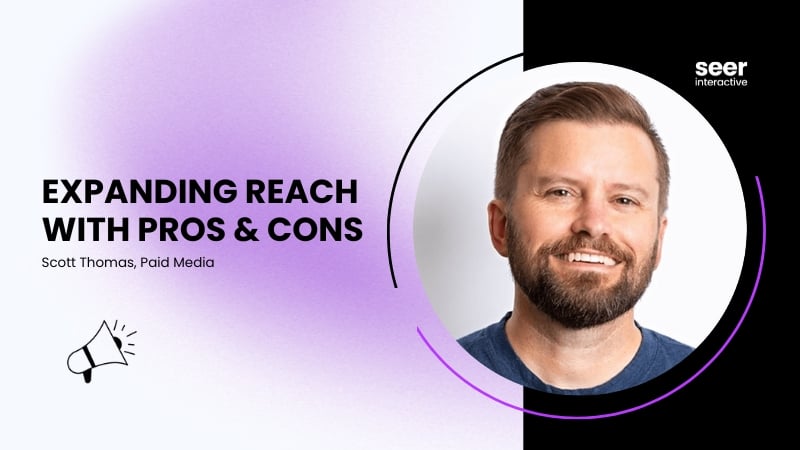What are attribution models?
In short, attribution models are used to disperse and determine the value of each interaction during the user journey up to the point of conversion.
Because we live in a digital age where it is easy for users to click from one digital experience to the next, it’s crucial we stay in front of our target audiences and measure the impact of multi-touch paths from awareness to decision. Queue attribution models. They help us as marketers optimize these sometimes fragmented journeys and improve the user experience through data from beginning to end.
What are the different types of attribution models?
There are a number of platforms that utilize attribution models:
- Google Ads & Bing Ads
- Facebook & Instagram
- Kenshoo
- Google Analytics & other analytics platforms
- CRM systems
- And more
The major types of attribution models include:

In this post, I’ll be focusing mainly on paid search attribution, but check out our other blog on Multi-channel Attribution in Google Analytics 360. If you’re currently using GA360, this is a must-read!
Now, on with the show.
Choosing the best attribution model for you:
Knowing which attribution model is best for your business is not a science. It’s an art. They aren’t one-size-fits all solutions and may need to be changed throughout the course of a campaign to achieve you or your client’s business goals.
Ok, let's break these down a bit more...
Time decay
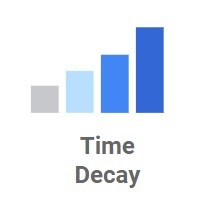
This model gives more credit to interactions closer to the time of conversion, creating a gradual upward slant in attribution. The closer the click is to the point of conversion, the more credit that click is given.
Time decay best suits well known brands, less concerned with top-of-funnel interactions, but still want to have a pulse on what users are interacting with first. Tracking the mid and lower funnel interactions, closer to when the user converts are more valuable to these types of advertisers, thus awarding more credit and may provide more valuable insight to the advertiser.
Linear
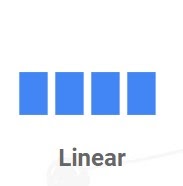
Without a doubt, linear attribution is the easiest to understand and is very straight forward. Each interaction a user takes is credited the same amount, regardless of proximity to the point of conversion.
However, it’s simplicity does not mean it’s the best fit for everyone or the default model when launching a campaign. Linear attribution best fits advertisers that are unsure of their growth potential and want to gauge different campaigns, ad groups or keywords impact on goals. Attributing equal weight to each touch point and then analyzing the data will better inform you which attribution model you should switch too, pending your goals.
Here’s a quick example:
Advertiser A is launching a net new product in an unsaturated market, so competitor and industry data is limited. Starting with linear attribution will allow Advertiser A to identify trends in interactions that are more top-of-funnel as well as bottom-of-funnel without dictating which is deemed more valuable. Gathering these insights helps advise pivoting strategy to meet marketing goals. If the goal is to increase awareness for this new product and display is already running, you may want to switch your search campaign from Linear to Position-based attribution (we’ll get to this in just a second.)
Position-based
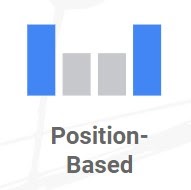
As depicted above, position based attribution credits the first click 40%, the last click 40%, and distributes the remaining 20% across each touchpoint in between. You may be asking “What’s the logic here and how do these insights impact my strategy?” Perfect! Lets elaborate.
For advertisers focused on a full-funnel approach, this is an ideal candidate. You’re able to gather insights into clusters of terms or campaigns that resonate best with users in the discovery stage of the user journey and attribute more credit to those terms because that first touchpoint is critical. From there, you’re able to see how user behavior changes remains the same, as they get closer to the decision stage. Finally, the last click before a conversion is equally as valuable as the first, as these terms and campaigns ultimately drive your business goals.
This is a great way to see the full user journey without the need to use first or last click, but attribute a majority of the credit to those interactions.
Data-driven
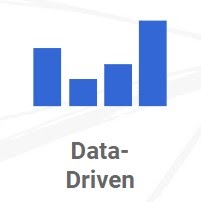
Of course we saved the best for last. Data-driven attribution is Seer’s recommended model for all accounts that meet Google’s minimum data requirements (600 conversions in the last 30 days, 15,000 Google Ads clicks). This model leverages your account data and Google’s machine learning capabilities to assign fractional credit to each touch point’s actual contribution in the user journey, regardless of proximity to first or last click. The model is able to learn and adjust over time due to the multitude of signals it receives, truly allowing for user journey optimization.
If you’re leveraging Smart Bidding (which you should be!), data-driven attribution is the best model to pair with that, as it distributes conversion credit based on purchase intent and likelihood.
First & Last Click Attribution
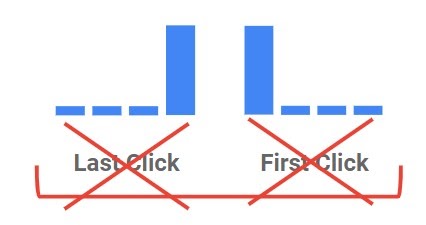
Okay, so Data-driven wasn’t actually last, but certainly the best. Time to hit on two models we don't recommend using. Similar to linear attribution, First and Last Click models are very straight forward. Google attributes 100% of the credit to either the first or last click in the user journey.
I will repeat: we recommend staying away from using either of these models. The reason for this is simple and stated in the second paragraph of this blog post. Nearly all user journeys today span across several interactions before a decision is made. Failure to recognize the importance of the touch points between the first interaction and conversion removes heaps of valuable data from the equation and makes you a less informed marketer. Would you say no to free samples at Costco? Maybe, but you’re missing out. The same applies to these attribution models and not using all the data available to you to make the most informed decision based on your goals.
Let's get a quick recap:
- Attribution models are not one-size-fits all solutions
- Test different models, gather data and adjust as needed
- Use Data-driven attribution in accounts and conversion actions that are eligible
- Try to avoid using First and Last Click attribution
Whether you’re a practitioner, member of the larger digital community or just looking to learn more, HIT US UP!
Be sure to sign up for our newsletter to stay up to date on all things PPC, SEO, Analytics, and more.

